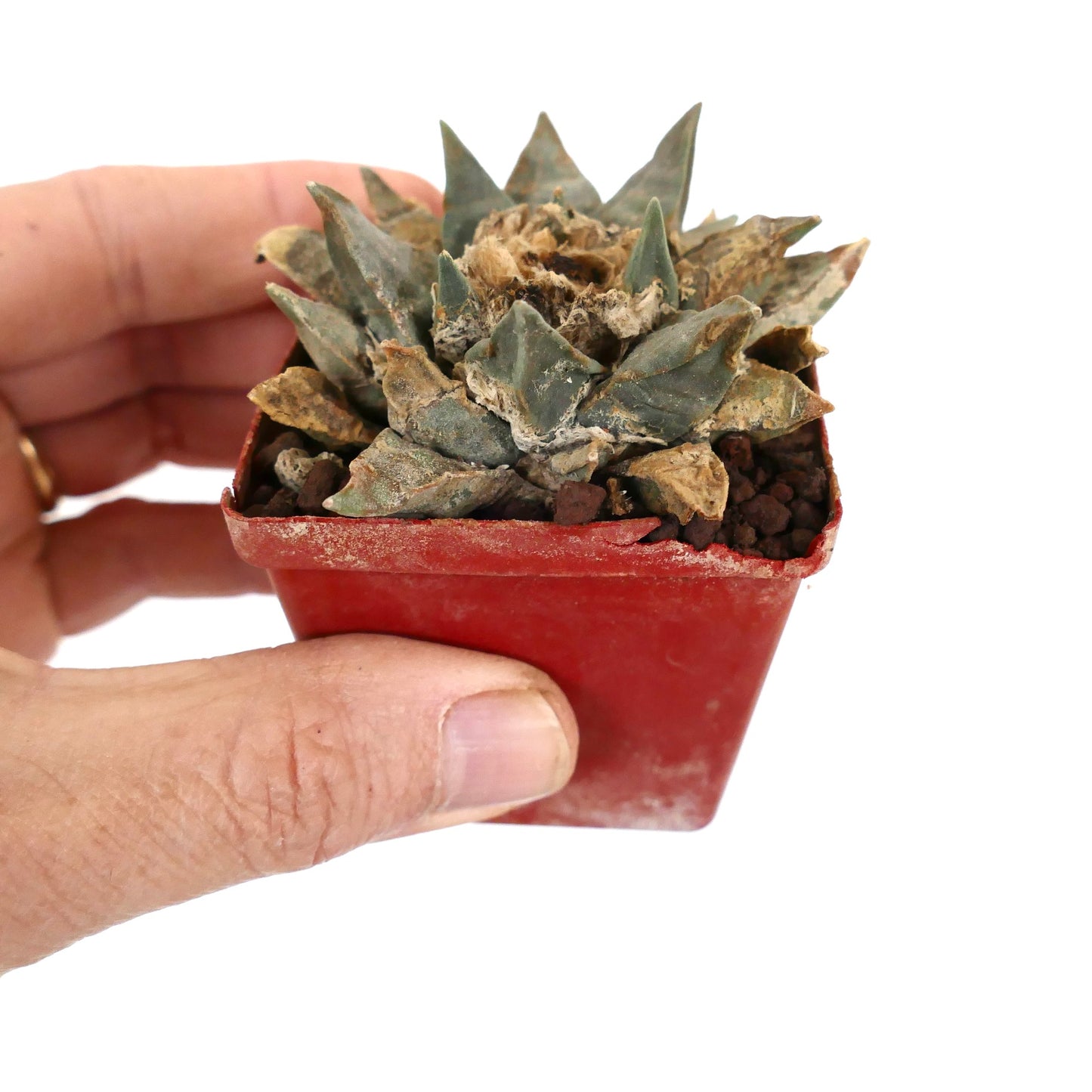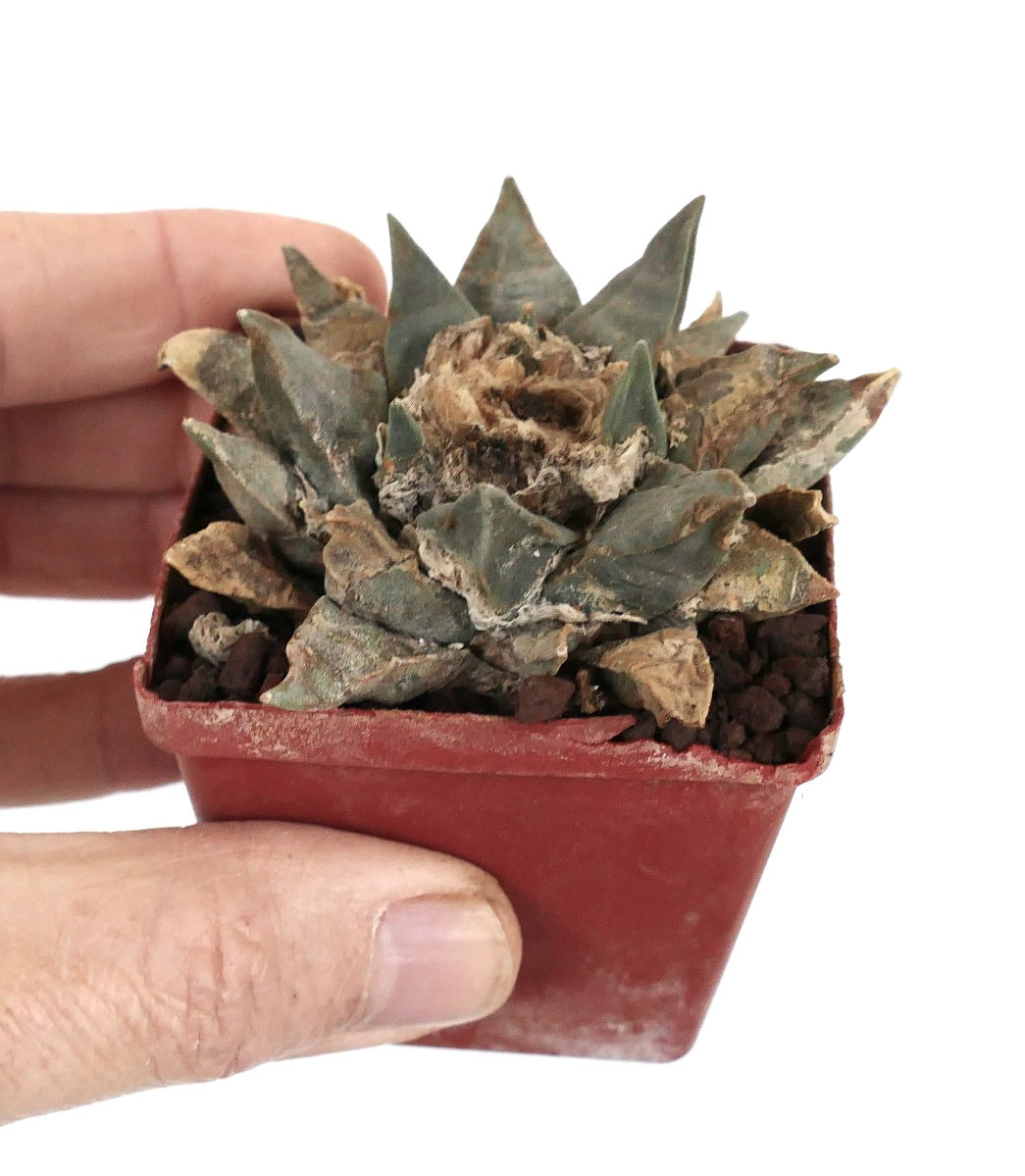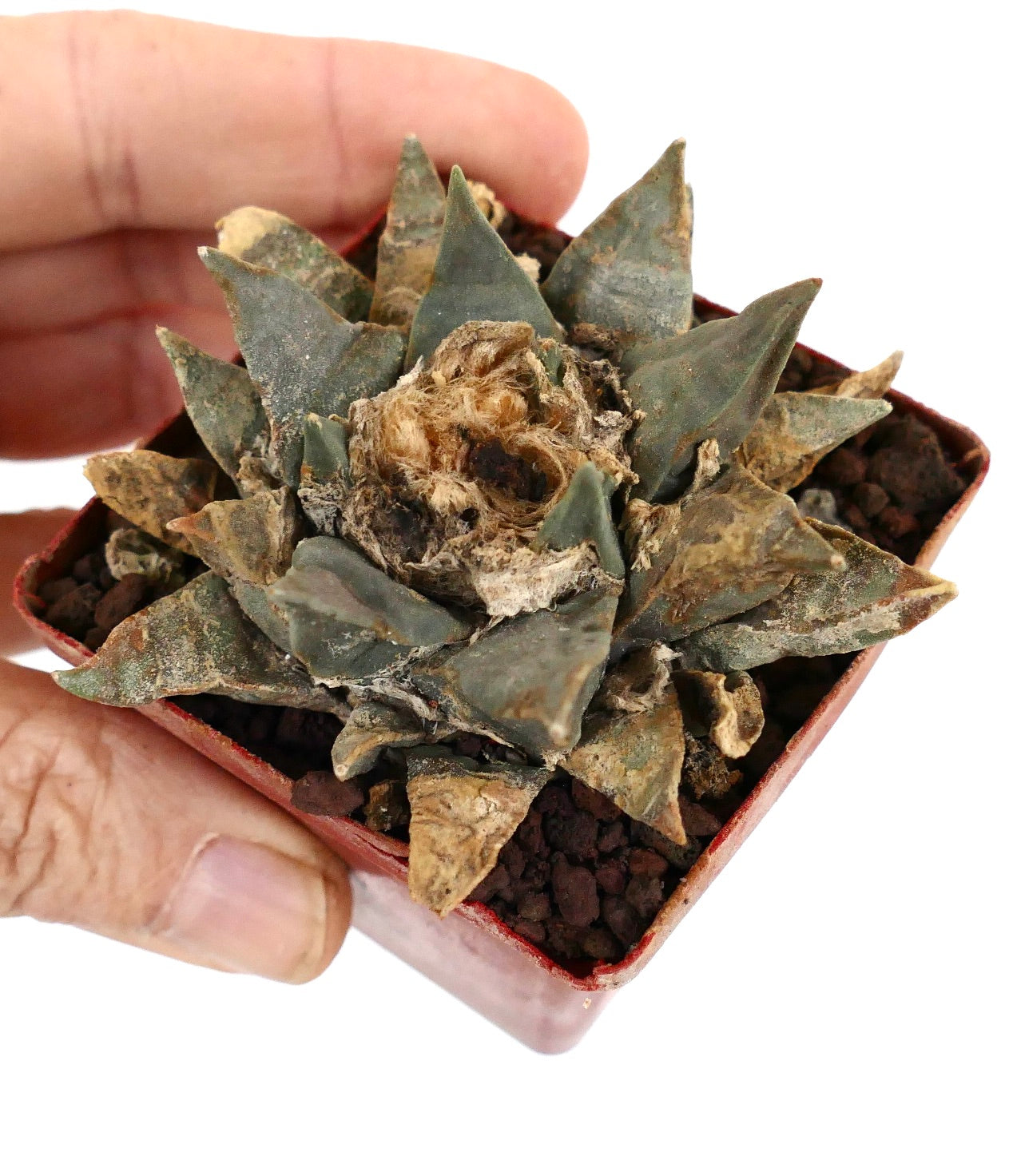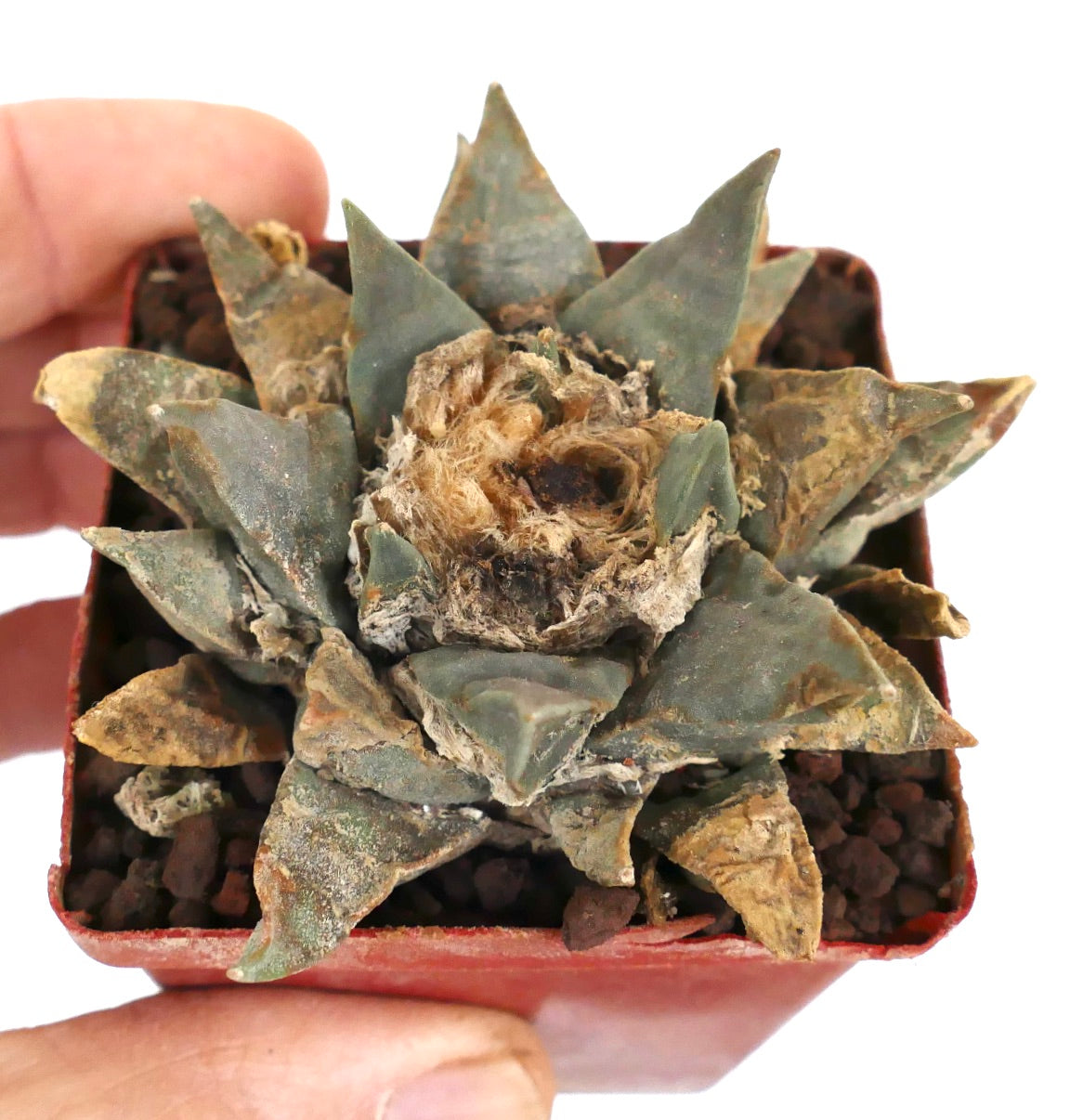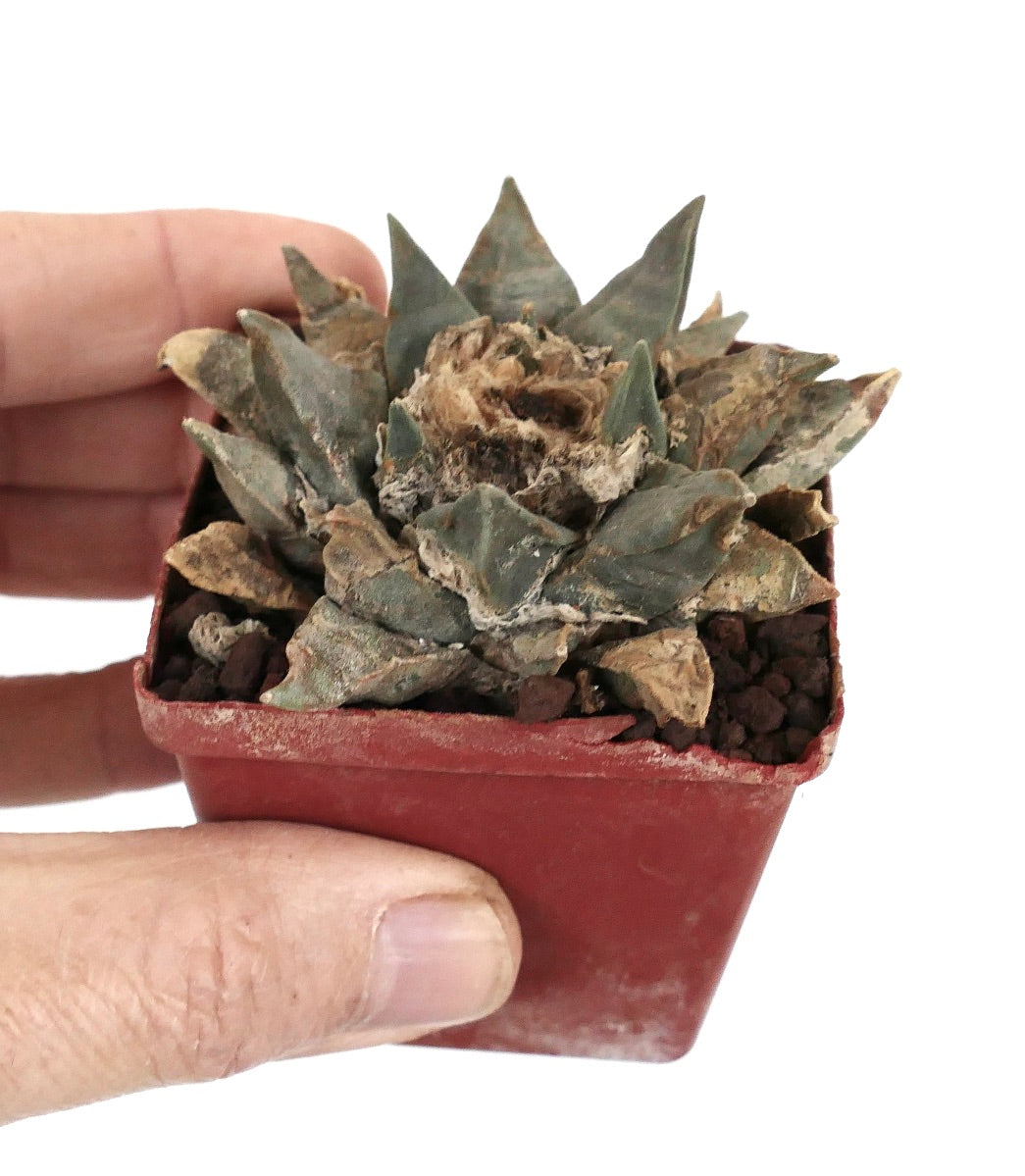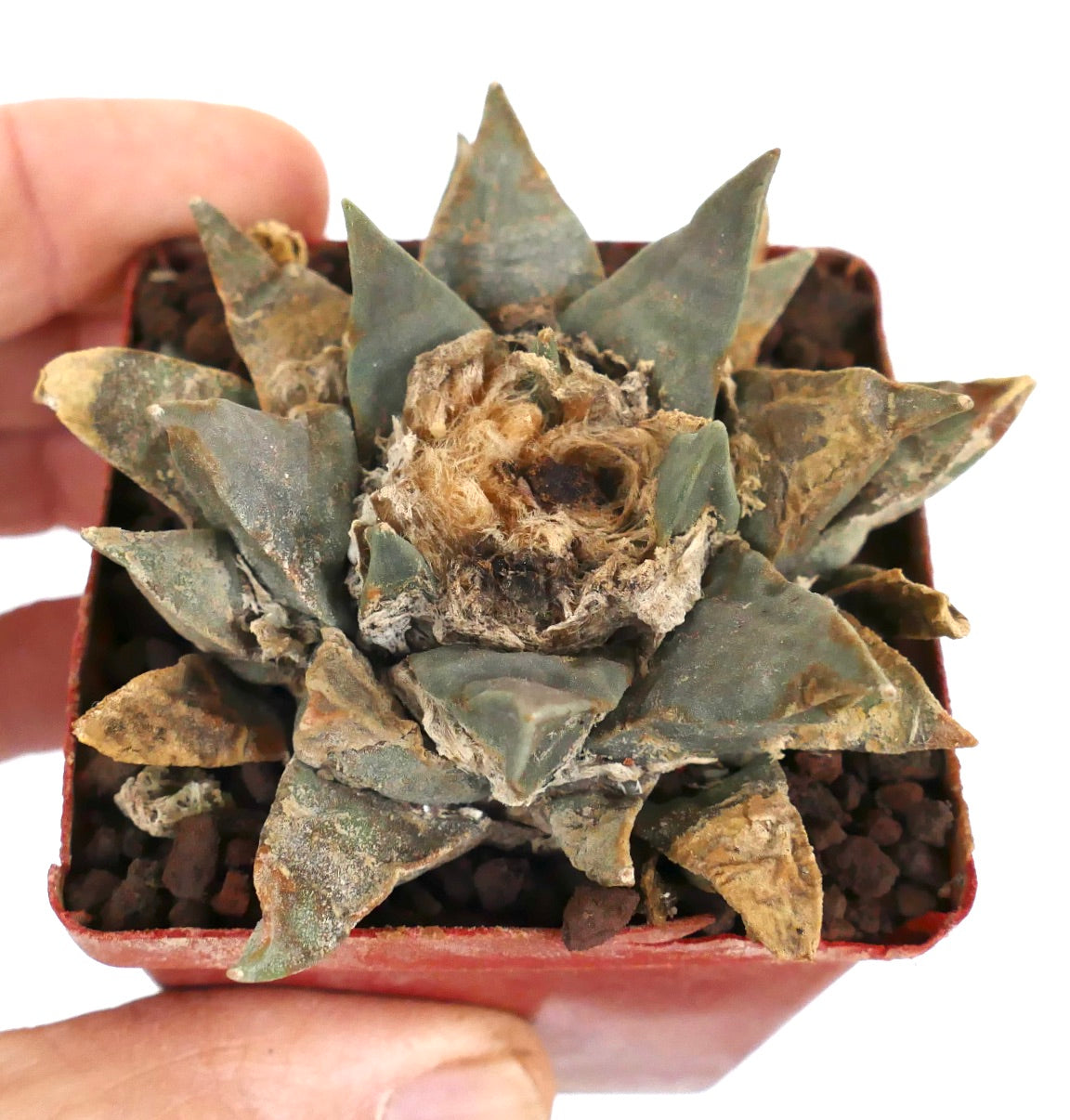Ariocarpus scapharostris H9S
Ariocarpus scapharostris H9S
Regular price
€100,00 EUR
Regular price
Sale price
€100,00 EUR
Unit price
per
Tax included.
Shipping calculated at checkout.
Couldn't load pickup availability
Product Description
Cultivation
Cultivation
Info and Disclaimers
Info and Disclaimers
Plant height:
Pot diameter:
Picture taken on:
